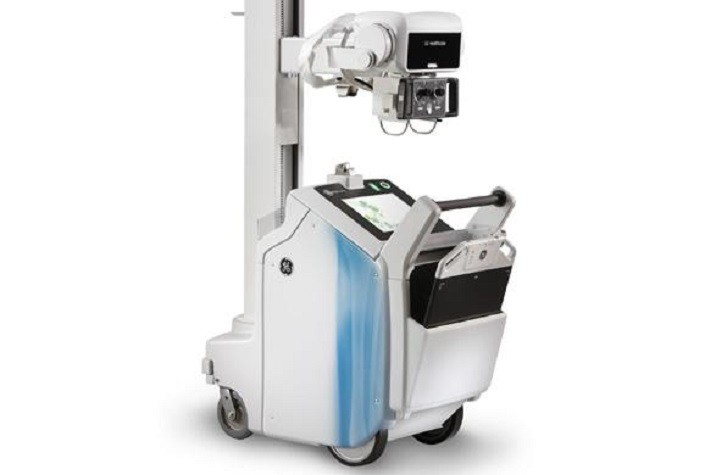Neuroscience (or neurobiology) is the scientific study of the nervous system. It is a multidisciplinary science that combines physiology, anatomy, molecular biology, developmental biology, cytology, computer science, mathematical modeling, and psychology to understand the fundamental and emergent properties of neurons and neural circuits. The understanding of the biological basis of learning, memory, behavior, perception, and consciousness has been described by Eric Kandel as the "ultimate challenge" of the biological sciences. Tools such as MRI scans and computerized 3-D models are used to perform tests for some common conditions including Down syndrome, Parkinson's disease, brain tumors, effects of stroke such as, language loss and many others.
Download Sample Copy Of Neuroscience
Humans have an estimated hundred billion neurons, or brain cells, each with about a thousand connections to other cells. One of the great challenges of modern neuroscience is to map out all the networks of cell-to-cell communication—the brain circuits that process all thoughts, feelings, and behaviors. The resulting picture, emerging bit by bit, is known as "the connectome." The ability of the brain to elaborate new connections and neuronal circuits—neuroplasticity—underlies all learning.
A rapidly expanding discipline, neuroscience findings have grown by leaps and bounds over the past half-century. More work, however, will always be needed to fully understand the neural roots of human behavior, consciousness, and memory.





No comments:
Post a Comment